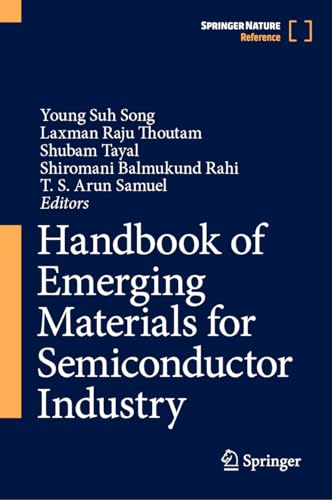How do computational tools and test techniques facilitate the development of high-reliable semiconductor materials, and what are some of the latest advancements in this area?
Computational tools and test techniques are pivotal in developing high-reliable semiconductor materials. These tools predict material properties under various conditions, ensuring reliability. They include quantum mechanics simulations for material behavior prediction and finite element analysis for stress and thermal management. Test techniques like accelerated life testing and environmental stress testing validate reliability under extreme conditions.
Recent advancements include:
- AI-driven simulations for faster and more accurate material property predictions.
- High-throughput testing for rapid evaluation of numerous material samples.
- 3D printing for rapid prototyping and testing of complex semiconductor structures.
- Advanced characterization techniques like scanning electron microscopy and X-ray diffraction for detailed material analysis.

Handbook of Emerging Materials for Semiconductor Industry
Shiromani Balmukund Rahi, Young Suh Song, Laxman Raju Thoutam, T. S. Arun Samuel, Shubam Tayal
The proposed book will be a “one-stop” place for all the young material researchers to understand the recent and reliable material making process, characterization, and reliability test tools. The proposed book is designed to provide basic knowledge to understand and analyse structure-property relationship for reliable emerging material systems for next generation of semiconductor technologies.
The book is suggested to engineers and scientists across the world working on various new and novel materials for reliable semiconductor device applications. The book is expected to serve as a reference guide for young scientists and engineers in the field of material science and electronic engineers to acquire latest state-of-art experimental and computational tools to encourage their research activities.
Since the scope of the book is generic, the book can be referred by all the students of science and engineering students to create a common awareness about the latest material systems and state-of-art characterization tools that have been broadly utilized to study the physical and chemical properties of different material systems.
It introduces the readers to a wide variety of new emerging materials systems including their synthesis, fabrication, measurement, reliability test, modelling and simulations with in-depth analysis of selective applications.
This book contains the state-of-art research updates in the various fields of semiconductor, artificial intelligence (AI), bio-sensor, biotechnology, with respect to reliable material research. Therefore, various students who are eager to get a job in semiconductor/AI/Autonomous car/biotechnology are strongly recommended to read this book and learn about related state-of-art knowledge.
The book is suggested to engineers and scientists across the world working on various new and novel materials for reliable semiconductor device applications. The book is expected to serve as a reference guide for young scientists and engineers in the field of material science and electronic engineers to acquire latest state-of-art experimental and computational tools to encourage their research activities.
Since the scope of the book is generic, the book can be referred by all the students of science and engineering students to create a common awareness about the latest material systems and state-of-art characterization tools that have been broadly utilized to study the physical and chemical properties of different material systems.
It introduces the readers to a wide variety of new emerging materials systems including their synthesis, fabrication, measurement, reliability test, modelling and simulations with in-depth analysis of selective applications.
This book contains the state-of-art research updates in the various fields of semiconductor, artificial intelligence (AI), bio-sensor, biotechnology, with respect to reliable material research. Therefore, various students who are eager to get a job in semiconductor/AI/Autonomous car/biotechnology are strongly recommended to read this book and learn about related state-of-art knowledge.